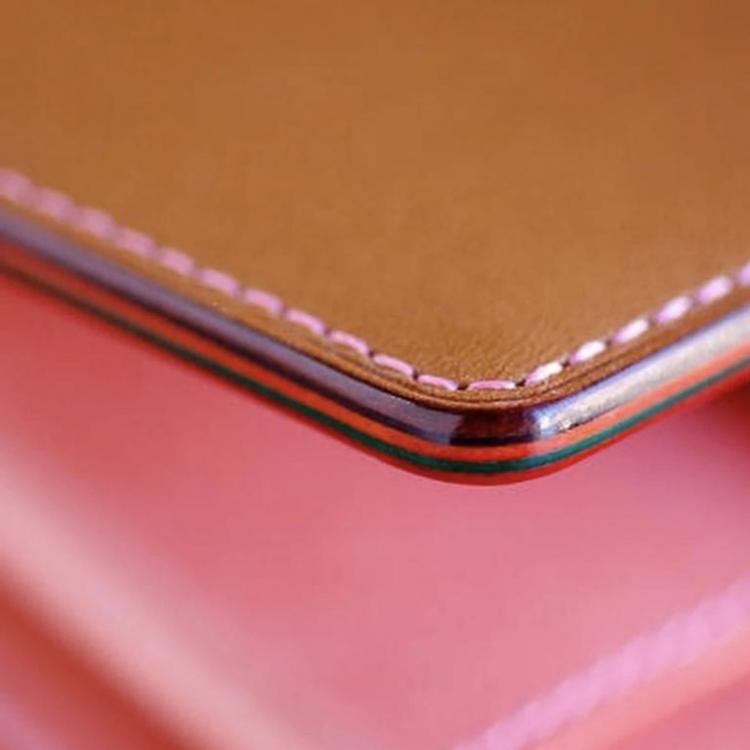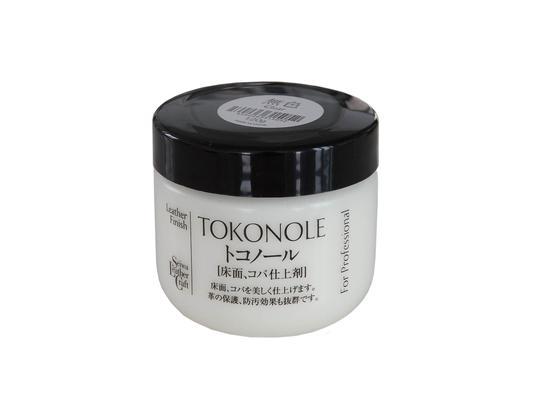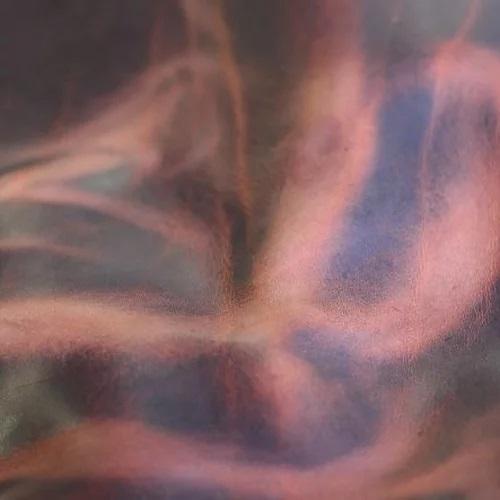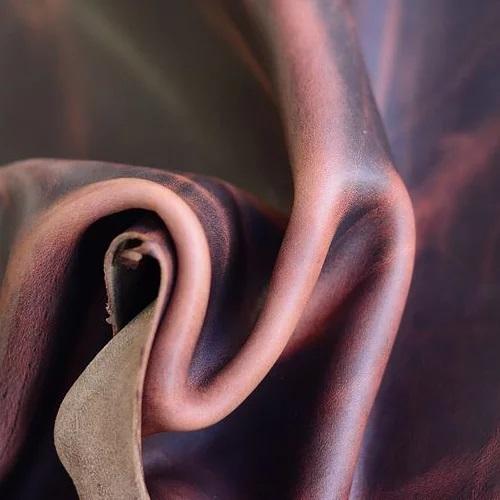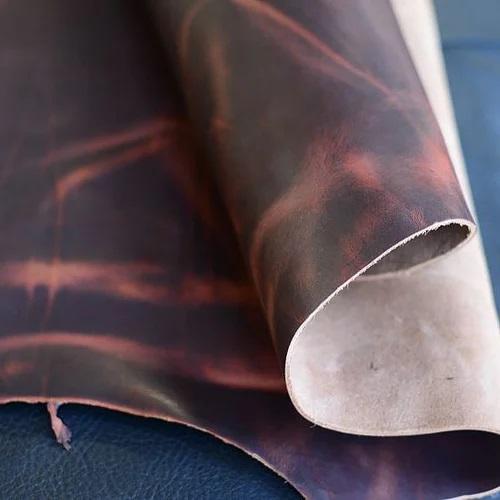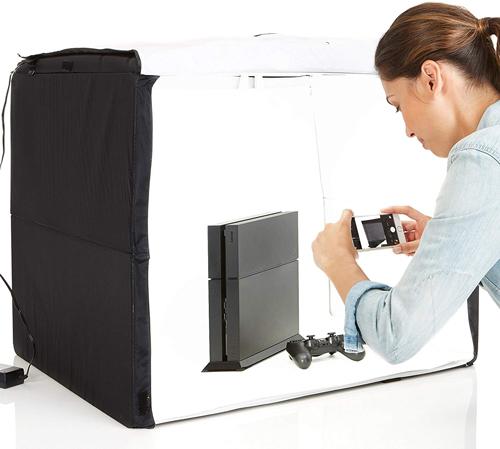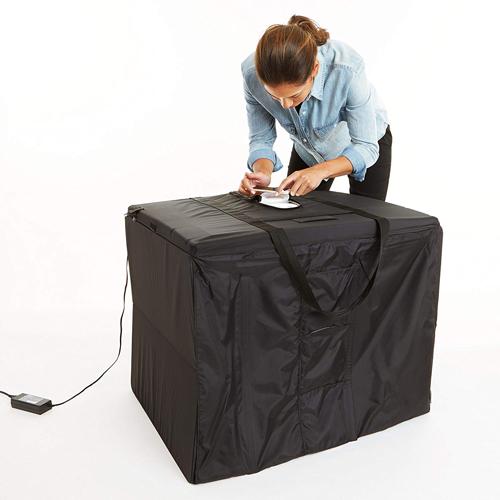
LatigoAmigo
Contributing Member-
Posts
1,012 -
Joined
-
Last visited
Content Type
Profiles
Forums
Events
Blogs
Gallery
Everything posted by LatigoAmigo
-
There is a product called Tokonole, which you paint on then burnish, which comes in clear. From this picture it looks like it might work for you. One source is Rocky Mountain Leather Supply. https://www.rmleathersupply.com/products/seiwa-tokonole-gum-trag-replacement-burnishing-agent?variant=1194080319
-
To get a response members of this site need to see the pictures. The usual reason for uploading difficulties is that they are too large. You might try sending them to yourself, as that sometimes allows you to send reduced sized images, then post those smaller images.
-
You might get more responses if you were more specific in your request... Is the flag to be folded in such a way that it results in a triangular shape? Because there are different sized flags, what will the dimensions of the folded flag be? Do you want to display the stars, i.e., have a window to show the flag through? Maybe you could draw something out that would assist people who might be willing and able to help you. Then you might want to make sure that you don't choose a leather type that could degrade the flag itself over time, which is to say that you will probably be safest with a veg-tanned leather. Just my thoughts.
-
Techniques for finishing edges quickly
LatigoAmigo replied to Jason046's topic in Leatherwork Conversation
I think it is very important that we are kind towards and understanding of each other. If we're not, this site and our leather-working community will suffer. Some of these threads are free-flowing and overlap quite a bit, but that just has to be OK as we learn and share our knowledge and experiences. -
Of course that would not be polite, but someone might wonder how much the item sells for retail. Heck, you could have gotten the item as a gift and not paid anything, but some people may have no idea what a good deal you are offering, so posting a retail price might help them see the value. You might want to add that this leather splitting machine is available through Amazon for a mere $628, and that your price is less than half of that. It sure looks like a bargain from here. Below is the image from Amazon which clearly shows the item, although yours might be slightly different.
-
No picture, no price. Too bad. Could be that not everyone knows what you have to offer or what it's worth. What did you pay for it, and what price are you willing to accept? What about shipping? What condition is it in? How about the blade, does it need to be sharpened? Clarifying these issues might you help with your sale.
-
To get the color spectrum that you want, you will probably have to look for some place that carries vat dyed hides, like The Hide House in Napa. https://hidehouse.com/
-
Have you considered the polypropylene board used in a clicker press? Campbell Randall carries several sizes. http://www.campbell-randall.com/product/clk-18x36x1-red-board-clicker-pad-18x36x1
-
Maverick Leather carries a wide selection of chrome tan leathers, as does The Hide House. Not so sure about dyed veg tan hides. https://maverickleathercompany.com/ http://hidehouse.com/
-
When to Lace and When to Stitch?
LatigoAmigo replied to Hardrada's topic in Leatherwork Conversation
Because the buffalo leather is so soft, it will be hard to get the lacing to look good, as it will tug on the leather and will be hard to make the stitching even. At least that is my experience. Firmer leather holds up better to the stresses of lacing. I'm curious what you mean by "skiving it to punch the stitching holes." Of course, I really have no idea what your pattern looks like or how you plan to assemble the pieces. -
Newbie needing tips, waterproofing flesh side of leather
LatigoAmigo replied to INCUS's topic in Leatherwork Conversation
I have beeswax in several forms: pellets, block, and blended with paraffin wax. Which type would you use, and how would you apply it for best adherence? -
Huh? What are you saying? Please be more clear.
-
Please help with splitting a side of leather
LatigoAmigo replied to Whit30's topic in All About Leather
In my world there is not much use for the bottom layer, but you should keep it around in case you need to pad anything. My advice would be to go with the heavier side, as splitting 2 oz. from a 2-5 oz. hide will give you a bottom that will be too thin to do much with. -
Please help with splitting a side of leather
LatigoAmigo replied to Whit30's topic in All About Leather
There are many posts on this site about doing your own splitting, so you might want to take a look at them. Splitting a side of leather, apparently, is no easy task. I have an eight-inch bench splitter, and find it difficult to get it to split evenly, plus I can't split anything wider that six-inches. To split a side of leather you will probably need a band splitter, and even then you might find it a challenge to get good results using "seconds" due to various imperfections in the hide. It might turn out to be cheaper and easier for you to buy thinner leather than to split heavier leather. Just my thoughts... -
You may have seen this light box referenced in a post on this very site. It has some great features and is reasonably priced. It is available at Amazon: https://www.amazon.com/AmazonBasics-Portable-Foldable-Photo-Studio/dp/B01GIL6EU4
-
You might want to have an accountant help you set up your books so you will have a clear understanding of inventory control and depreciation. Setting up your books will work best on the front end of your business rather than trying to tie it all together at tax time. For example, you need to understand how to value a partially used bottle of dye and half a hide, not to mention depreciating your hand tools and sewing machine.
-
This topic has been addressed quite a few times on this site, but the sad fact is that the edges of oil-tan and/or chrome-tan leathers do not "finish" like veg-tan edges do. I have tried a variety of finish processes and have found Tokonole to be my best choice. There are edge paints and hot irons available to accomplish a decent edge, but you'll find that different hides and different weights require different solutions.
-
Try Maverick Leather... they offer white 'roo lace in several sizes. https://maverickleathercompany.com/product/white-roo-lace-6mm/
-
Maverick Leather carries a selection of 'roo hides and lace. https://maverickleathercompany.com/product-category/kangaroo/
-
Here is the section of the bill referencing leather, I hope it might clear up your questions: (B) “Fur product” does not include any of the following: (i) A dog or cat fur product, as defined in Section 1308 of Title 19 of the United States Code, as that section read on January 1, 2020. (ii) An animal skin or part thereof that is to be converted into leather, which in processing will have the hair, fleece, or fur fiber completely removed. (iii) Cowhide with hair attached thereto. (iv) Deerskin, sheepskin, or goatskin with hair attached thereto. --------------------------------------------------------------------------------------------------------------------- Please remember, we as Californians did not vote on this bill, it was passed by our legislature and signed by our governor.
-
The only information I've gotten has come from the news, but I understand that there are some exemptions. This came from Reuters: "Second-hand fur products are exempt from the ban, as are fur products used by Native American tribes for spiritual or cultural purposes. The ban does not include leather products or taxidermy." (My emphasis).
-
I have a similar portfolio, with edges that appear to be identical, and there is no bias tape involved. I had considered making one of these, but decided, because of the construction methods used, that it was out of my league... but it looked so easy.


